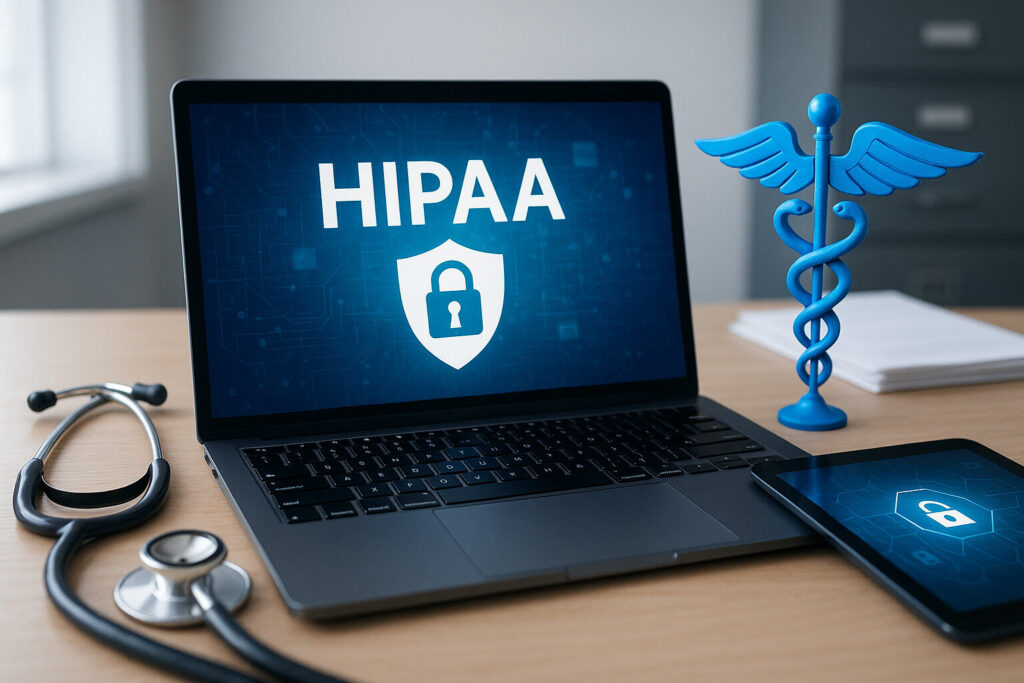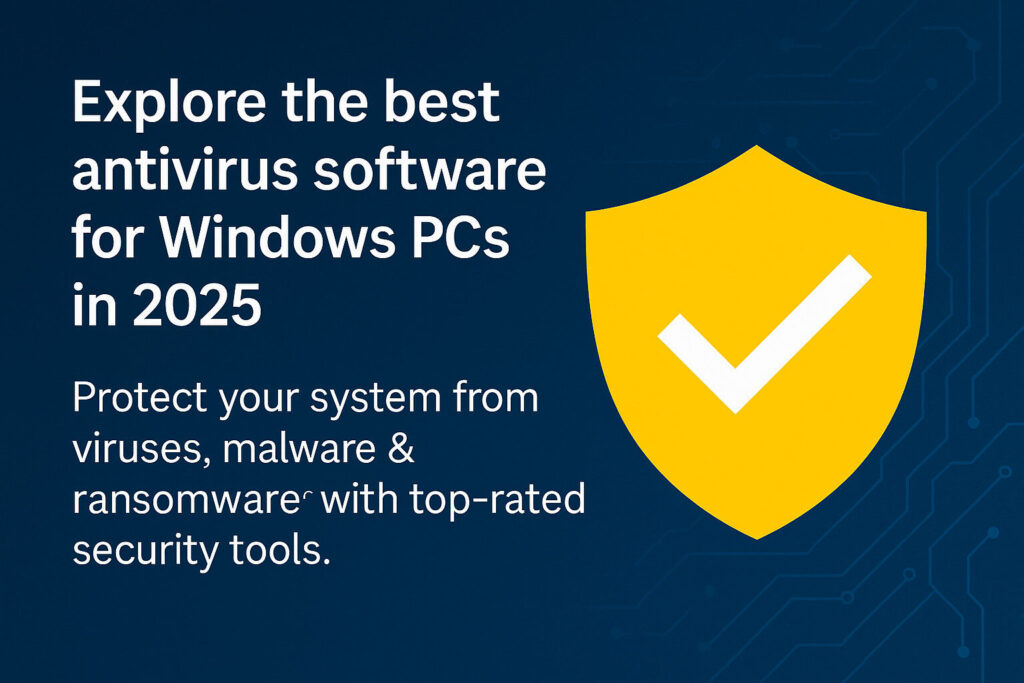In today’s digital-first world, data is the backbone of productivity and innovation—but it’s also increasingly vulnerable. As cyber threats grow more sophisticated and data privacy regulations like GDPR and HIPAA become stricter, protecting sensitive information is no longer optional—it’s mission-critical.
So, how can businesses build a resilient and effective data protection strategy?
In this article, we explore 10 key best practices for protecting data—from ensuring compliance to automating your response to threats. Whether you’re securing a small startup or a global enterprise, these strategies will help fortify your defenses and maintain customer trust.
1. Set Clear Data Protection Objectives
Every data protection strategy starts with a clear understanding of your goals. Begin by identifying the “crown jewels”—the critical data assets that would cause major harm if exposed or lost.
Collaborate with department heads and the executive team to:
Identify where sensitive data is stored and how it’s used
Define acceptable levels of risk
Establish your risk management approach and budget
Balance protection with productivity to avoid over-restricting your team
This clarity will guide the rest of your strategy.
2. Automate Data Discovery & Classification
Data is being created and moved constantly. Trying to manually classify every file or record is impractical. Instead, adopt automated classification tools powered by AI, which can detect and tag sensitive data in real-time across endpoints, cloud environments, and networks.
Explore AI-driven tools like:
Microsoft Purview for data governance and compliance
Varonis for automated data classification and access control
These platforms reduce human error and dramatically improve your visibility into sensitive data.
3. Embrace a Zero Trust Security Framework
The Zero Trust model is now the gold standard in cybersecurity. It works on the principle of “never trust, always verify,” enforcing strict access controls and continuous verification of users and devices.
Implement a Zero Trust architecture by:
Adopting identity and access management (IAM) tools
Enforcing least privilege access policies
Deploying multi-factor authentication (MFA) for every user and system
This approach minimizes lateral movement and protects data from internal and external threats.
4. Centralize Data Loss Prevention (DLP)
A strong Data Loss Prevention (DLP) engine is the cornerstone of any data protection plan. But to be truly effective, DLP must be centralized—not fragmented across different point solutions.
Choose a platform aligned with Gartner’s Security Service Edge (SSE) that offers unified DLP across endpoints, networks, and cloud services.
Top solutions to explore:
A unified approach ensures consistent alerts, reduces false positives, and streamlines incident response.
5. Secure High-Risk Data Loss Channels
Identify and secure the most common data exfiltration vectors, such as:
Email & web uploads
SaaS apps like Google Workspace or Microsoft 365 (use CASB tools)
Endpoints (USB drives, printers, file shares)
BYOD (Bring Your Own Device) environments
Cloud infrastructure (AWS, Azure, GCP)
For BYOD, consider browser isolation technologies, which protect data without deploying agents or full VDI solutions.
6. Stay Ahead of Compliance Requirements
Data privacy laws are complex and evolving. Whether you’re subject to GDPR, PCI DSS, HIPAA, or CCPA, compliance is essential for avoiding fines and protecting your brand.
Maintain compliance by:
Conducting regular security audits
Enforcing encryption and monitoring
Training staff on compliance requirements
7. Address the Risks of BYOD
BYOD can introduce major gaps in visibility and control. Legacy solutions like reverse proxy CASBs or VDI can be clunky and expensive.
A more modern, cost-effective approach is agentless browser isolation, which:
Streams data as pixels, blocking downloads and clipboard access
Applies DLP policies in real-time
Works seamlessly for external partners or contractors
Learn more about browser isolation from Cloudflare Zero Trust.
8. Manage SaaS & Cloud Security Posture
Misconfigured cloud apps and infrastructure are a leading cause of data breaches. Use:
These tools help:
Scan for misconfigurations and risky third-party integrations
Discover sensitive data in cloud storage
Continuously monitor compliance with standards like NIST, ISO 27001, and SOC 2
9. Train Your Employees Effectively
Technology alone can’t prevent breaches. Human error is still the #1 cause of data leaks.
Build a strong training program that:
Educates employees on data handling policies
Involves them in incident response (through DLP notifications or coaching)
Is championed by leadership
Explore KnowBe4 or Curricula for fun, memorable security training.
10. Automate Incident Response & Workflows
Finally, empower your IT and security teams by automating incident response workflows. This reduces alert fatigue and ensures faster, more effective reactions to potential threats.
Use platforms that integrate automation directly into their Security Service Edge (SSE) framework, including:
Auto-remediation of risky behavior
Integration with collaboration tools (like Slack or Microsoft Teams)
Triggering user coaching or policy reviews
Final Thoughts: Make Data Protection a Continuous Journey
Data protection isn’t a one-time fix—it’s a continuous process. By adopting these best practices, you can:
Reduce your attack surface
Stay compliant with global standards
Build trust with customers and partners
Create a competitive advantage in your industry
If you’re ready to enhance your cybersecurity posture, check out our detailed guide on building a modern Zero Trust framework to take your strategy even further.



